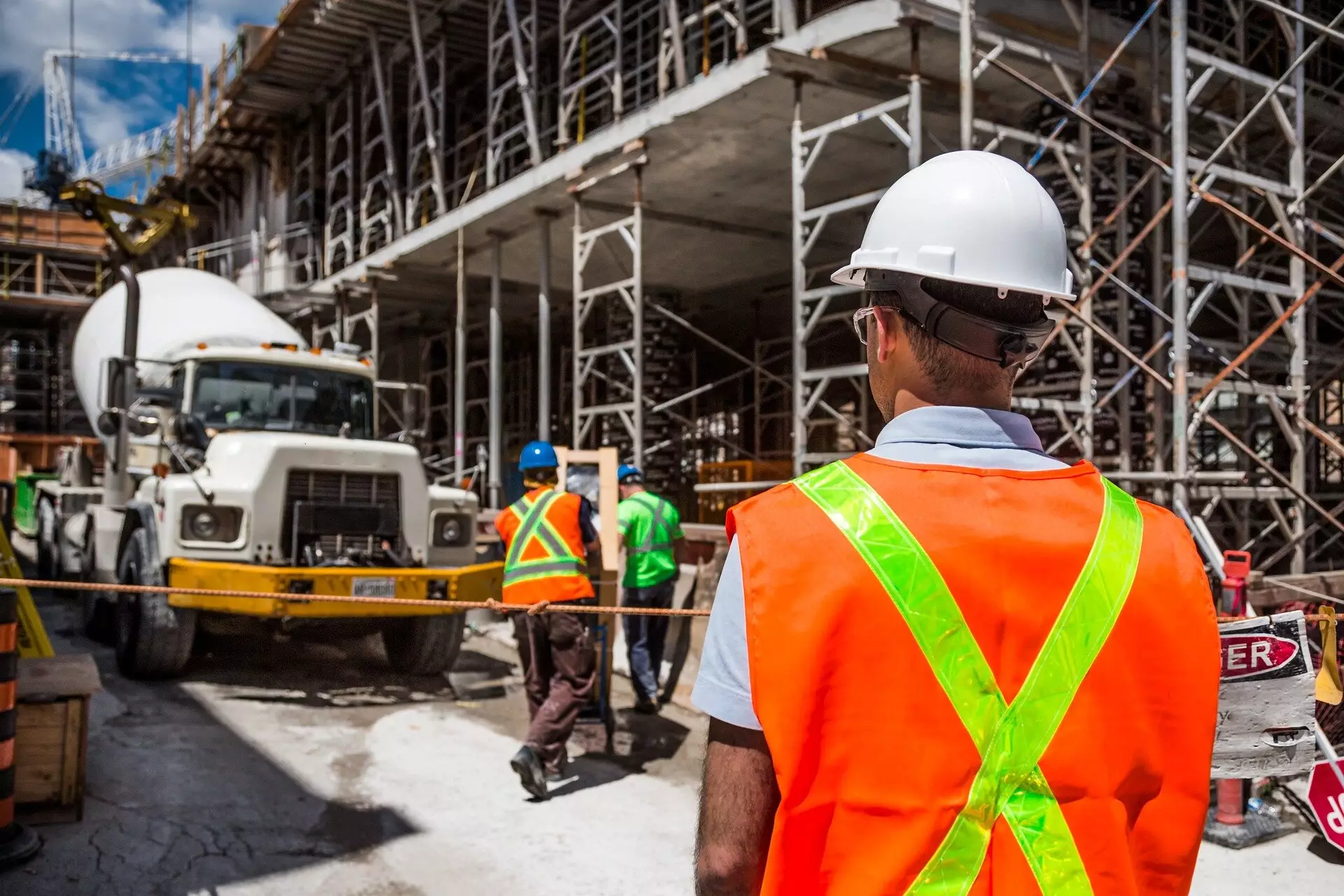As the construction industry grapples with the pressing need to reduce its environmental impact, innovative approaches to materials sourcing are becoming imperative. In the U.K., the construction sector is a significant contributor to carbon emissions, and as such, it remains under scrutiny by both regulatory bodies and environmental advocates. Recent research spearheaded by the University of Dundee in collaboration with the Mineral Products Association (MPA) offers a promising avenue to mitigate these emissions through the use of waste clay and reclaimed brick in concrete production.
The research indicates that incorporating U.K. reclaimed clays and finely ground brick powder as calcined clays can drastically reduce the carbon footprint of traditional cement manufacturing processes. Notably, the study reveals the possibility of lowering embodied carbon in concrete production by an impressive 30%. This not only offers a fresh perspective on material usage but also underscores the potential to divert approximately 1.4 million tons of clay waste from landfills, a significant environmental benefit that could reshape waste management strategies in construction.
The findings are further bolstered by an examination of the long-term durability of calcined clay concretes. Experts within the University of Dundee’s Concrete Technology Unit have validated that these materials are suitable for a variety of demanding applications, including maritime structures. This versatility enhances the appeal of calcined clays, positioning them as a viable alternative to conventional materials like CEM I cement.
Advancements in Materials Technology
Two heating techniques were evaluated during the study: conventional rotary kilns and a novel method termed “flash heating.” Both methods demonstrated efficacy in producing high-quality calcined clays with no substantial differentiation in outcomes. The development of a robust supply chain for these calcined materials would not only support the construction industry but also instill confidence among manufacturers about their implementation in building projects.
Dr. Moray Newlands accentuated the significance of these advancements, noting that utilizing calcined clay could significantly bolster the U.K.’s commitment to sustainability and legally binding net zero goals. This convergence of environmental stewardship and economic opportunity signifies a paradigm shift, where the pursuit of greener practices does not compromise on quality or durability.
Economic Implications and Job Creation
The potential market that emerges from using waste clay and brick is expansive. Dr. Diana Casey from the MPA emphasized that the mainstream adoption of these materials could significantly lower carbon emissions, lessen waste, and create a flourishing economy centered around recycled materials. This economic potential is particularly important as the U.K. workforce could benefit directly from jobs associated with the sourcing, processing, and application of calcined clays in construction.
Additionally, as traditional industrial by-products like ground granulated blast-furnace slag (GGBS) and fly ash see declining production due to decarbonization efforts in their respective industries, calcined clays emerge as a necessary alternative that supports both sustainability and economic growth.
The integration of low carbon cements and concretes into the U.K. construction landscape represents a pivotal step in the MPA’s roadmap to achieving net zero emissions. As outlined in their strategy, these advancements are just one aspect of a broader commitment aimed at tackling climate change while ensuring that the sector remains economically viable and competitive.
The successes seen in preliminary research should be viewed as a stepping stone towards broader adoption of these materials. The collaboration between academia, industry stakeholders, and government bodies will play a crucial role in facilitating this transition, ensuring the construction industry can meet future demands without sacrificing environmental integrity.
The findings emerging from this report not only underscore the potential of utilizing waste clay and brick in concrete production but also pave the way for a more sustainable construction industry in the U.K. By securing a stable supply chain and exploring innovative techniques in materials processing, the sector can make substantial inroads into reducing its carbon footprint. The onus now lies with industry leaders, policymakers, and researchers to harness this potential and propel the U.K. towards a more sustainable future in construction.

